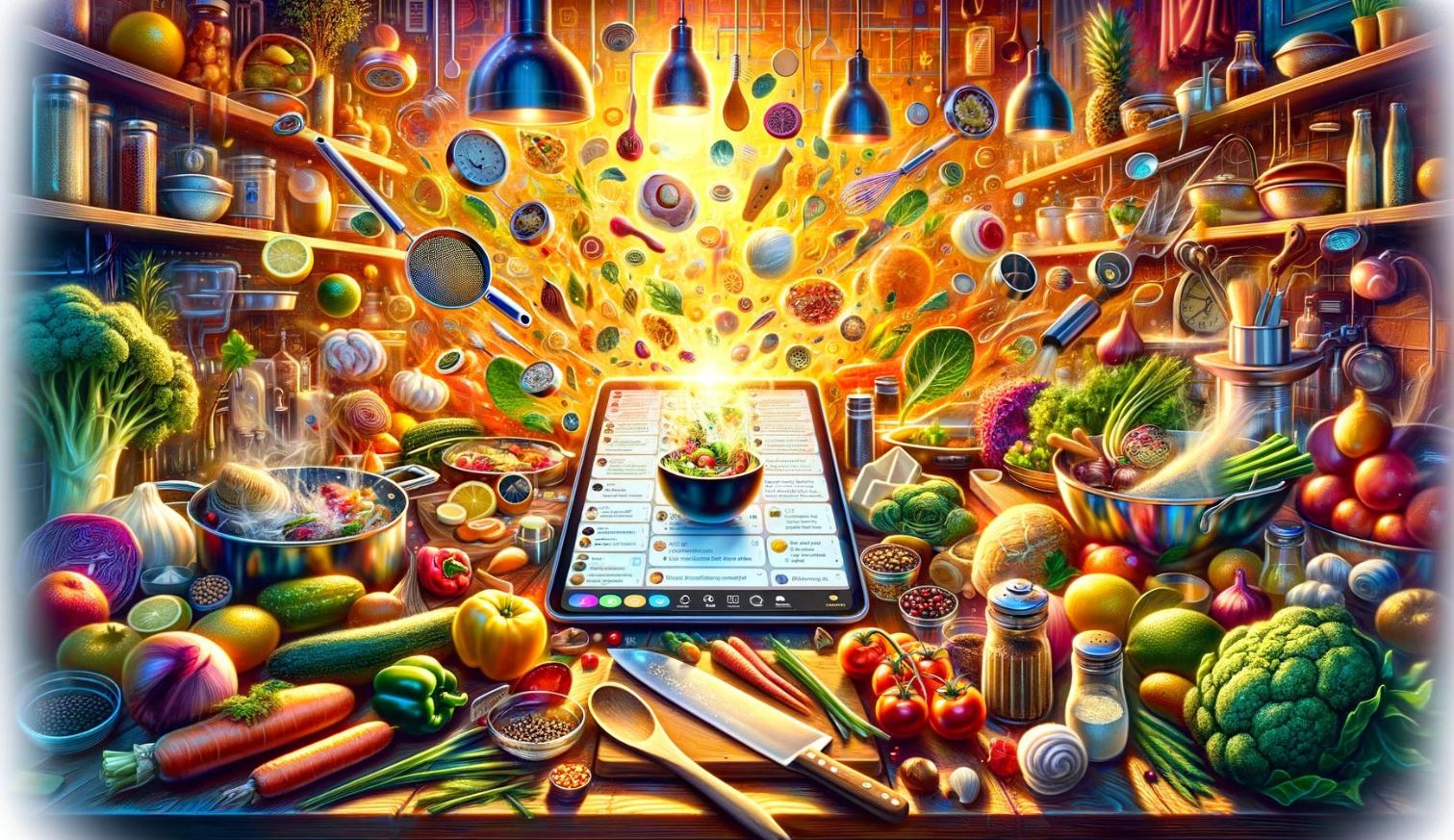 Artificial intelligence is making waves in industries everywhere, and now it’s cooking up something new in the kitchen. A fascinating study from the University of Illinois Urbana-Champaign explores how ChatGPT might help us evaluate food, specifically brownies. Published in the journal Foods, this research hints at a future where AI could reshape how we develop products and perfect recipes.
Artificial intelligence is making waves in industries everywhere, and now it’s cooking up something new in the kitchen. A fascinating study from the University of Illinois Urbana-Champaign explores how ChatGPT might help us evaluate food, specifically brownies. Published in the journal Foods, this research hints at a future where AI could reshape how we develop products and perfect recipes.
In the food business, sensory evaluation is crucial but can be quite pricey. Companies often rely on human panels to taste-test for flavor, texture, and overall appeal. However, human testers can be biased and get fatigued, which poses a real challenge. “Sometimes, relying on human testers can slow down the process,” says Damir Torrico, an assistant professor at the university. He suggests that large language models like ChatGPT might mimic human responses in these sensory evaluations.
Torrico put ChatGPT to the test with 15 brownie recipes, some of which included unusual ingredients like mealworm powder. ChatGPT provided sensory descriptions for each, and, interestingly, its feedback was mostly positive, even for the more unconventional recipes. This tendency is known as hedonic asymmetry, where beneficial items are viewed favorably. “ChatGPT was trying to always see the good side of things,” Torrico noted.
Despite AI’s natural optimism, the study shows its potential as a first step in food development, saving both time and money. “Using AI can give general insights into what products might be worth further testing,” Torrico explained. He sees a future where ChatGPT could be even more effective in sensory evaluations.
While AI isn’t quite ready to take over for human tasters, the possibilities are intriguing. Torrico plans to continue experimenting to refine AI’s vocabulary so it aligns more closely with human descriptive panels.








